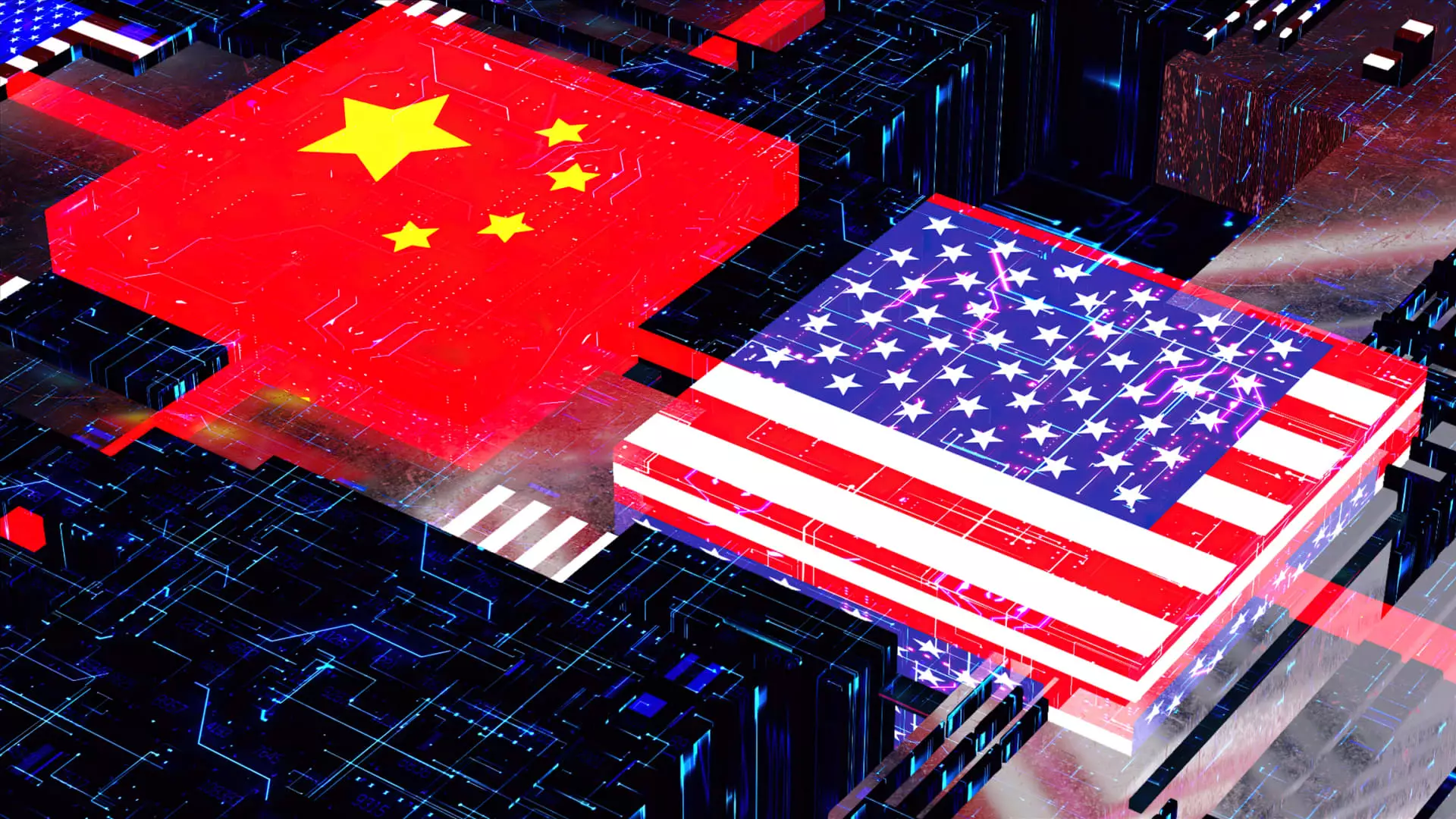The semiconductor industry, often known as the backbone of modern technology, is currently experiencing a whirlwind of uncertainty that has left even its biggest players scrambling for clarity. As the global political and economic landscapes shift, these companies are grappling with dilemmas brought on by U.S. tariff policies and export restrictions, particularly concerning China. The stakes are high, and the paths ahead remain fraught with challenges that can wreck profitability, stifle innovation, and shift the balance of power in an already competitive arena.
Unveiling the Fallout from Tariff Policies
The introduction of “reciprocal” tariffs by former President Trump threw an unexpected wrench into the gears of the semiconductor sector earlier this year. Although many tariffs were subsequently paused, the effects linger, evidenced recently by AMD’s revelation that it anticipates a staggering $1.5 billion revenue loss due to export restrictions related to AI technology. This scenario is not isolated; Super Micro and Marvell have expressed similar sentiments, with the latter postponing its investor day, reflecting the urgent need for greater visibility amidst macroeconomic unpredictability.
This pattern raises serious concerns about effective leadership. How can these companies navigate a market riddled with contradictory signals? The inherent unpredictability not only hinders planning but also raises alarms about the sustainability of these firms. Caught between regulatory compliance and market demands, industry players appear to be in a chaotic race against time to adjust to these rapidly evolving external pressures.
The Broader Economic Implications
The volatility in the semiconductor sphere is symptomatic of larger economic conditions. The VanEck Semiconductor ETF, a gauge of semiconductor stock performance, is down nearly 12% year-to-date, signaling a broader market downturn that extends well beyond individual company misfortunes. Samsung, a titan in memory chip production, also warns of heightened demand volatility attributable to these capricious tariff policies. The apprehension felt by major companies reflects a pervasive sense of instability that could have long-lasting effects on job creation and innovation in the tech sector.
There is a steep cost associated with uncertainty—confidence is essential for economic growth, and right now, confidence levels are waning. The lack of clear direction from policymakers complicates decision-making across the board, leaving executives wary and hesitant. Confusion reigns as companies struggle to position themselves amid fluctuating tariffs and geopolitical tensions, leading to a lack of investment in areas that might spur significant advancement.
AI Disruption and Competitive Landscape
Yet, amid this chaos, a promising frontier remains. The growing demand for artificial intelligence could be a pivotal growth area for these beleaguered firms. Nvidia CEO Jensen Huang frames this opportunity astutely when he emphasizes that China presents a potential $50 billion AI market in the next two to three years. U.S. companies should leverage this opportunity instead of retreating into isolationism due to export restrictions. The very restrictions meant to secure U.S. interests could be detrimental, locking American firms out of some of the most lucrative markets in a tech-driven future.
The danger in underestimating global competitors cannot be overstated. Huawei and other Chinese companies are ramping up their own technological capabilities, and dismissing their advancements could risk losing not only market share but also vital innovations. In this race, waiting or stalling could lead to missed opportunities for the U.S. semiconductor industry, highlighting the urgency for a more collaborative and proactive strategy.
Corporate Responses to Uncertainty
The reflexive actions of corporations like Marvell and Super Micro—to delay announcements or lower expectations—only add layers of uncertainty. Rather than sowing seeds of stability, they risk perpetuating an ongoing cycle of anxiety in the market. The industry is in desperate need of visionary leadership that can transcend the noise, crafting strategies that maintain competitiveness while also advocating for clearer and more predictable policies from Washington.
Ben Barringer, a global technology analyst, accurately summarizes the prevailing sentiment when he notes that the semiconductor sector grapples with a complex mix of demand signals and geopolitical headwinds. U.S. chipmakers stand at a crossroads; they must either redefine their approach to global markets or risk being overshadowed by international competitors who are more agile in their responses to similar challenges.
Amid the complexities, there lies an opportunity for change. The semiconductor sector has an essential role in shaping the future of technology and, consequently, the economy itself. By advocating for clearer trade policies, fostering innovation that transcends borders, and embracing the competitive landscape, American firms can not only survive but thrive, elevating their standing in the global marketplace. Will corporate leaders rise to the occasion, or will they cede ground to competitors who are already embracing a more collaborative approach? The time for decisive leadership is now.

